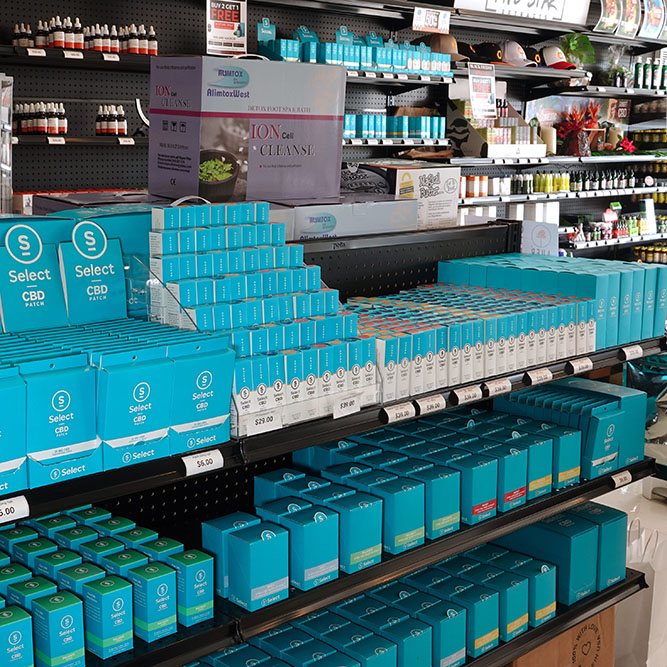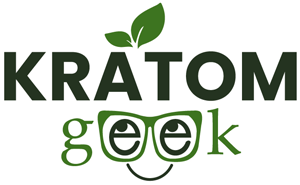When it comes to finding the perfect way to purchase kratom, a consumer can choose from a variety of different options available to them. And they get to pick which one works best for their scenario. Purchasing kratom from a local facility is one of those choices to choose from—if a store can be easily found nearby to the customer’s location, which isn’t always the case. But for some kratom consumers, it’s the only way they’ve ever bought kratom before. Some get it from a store that is strictly dedicated to kratom products. However, some customers can only find kratom in stores that specialize in drug paraphernalia and items associated with the drug culture. In America, those types of facilities are called head shops.
And there is a large portion of kratom consumers that purchase their kratom products from these head shops located close to where they live. Most of these consumers do it out of convenience. They prefer the ability to stop somewhere and grab the products at the same time they’re paying for it. The process is familiar to them: not everyone likes to buy stuff online. And the action of purchasing kratom in this manner diminishes the risk that they might get ripped off from an online vendor. However, there are other perils they can befall a customer other than not receiving an item or credit card theft. There’s also the possibility that the product you receive might be bunk or has dangerous contaminants in it.
Researchers Conduct Multiple Tests on Kratom Products
To make sure your kratom remains under the safe recommended amount of mitragynine content, toxicity levels of found metals, and presence of microbes in the plant material, it’s best to purchase your kratom products from a reputable dealer that performs the necessary laboratory tests and provides the lab reports to their customers whenever they’re requested.
But sometimes people buy from local brick-and-mortar stores whenever one is located in the general area. And lab reports are rarely available in that instance, which makes it impossible to determine if the kratom products have been adulterated or contaminated.
With the recent claims from the Food and Drug Administration (FDA) that kratom contains high levels of toxic metals and microbes—specifically salmonella, a group of researchers decided to conduct an independent test to determine the risks associated with kratom that could easily be purchased locally in the western suburbs of Chicago, Illinois.
The group of doctors purchased the kratom from local head shops and smoke shops in the city. The study used eight different kratom products that were sent off for analysis. Six of the products were powdered kratom (either as standalone powder or capsules), but two of the products were in concentrated form. And to ensure the consistency of all the results, two separate samples of each product was purchased one month apart.
With the test, the researchers looked for high amounts of mitragynine, metal contaminants, and pathogenic microbes. The test also tried to detect any trace of added opioids and benzodiazepines.
The Results of the Kratom Lab Tests
Out of the eight products tested, none of them were laced with any synthetic opiates, which the FDA has pointed out as a major concern. The mitragynine levels were present, indicating all contained real kratom.
While a few microbes were detected in every product, the FDA had raised alarms in the past few years about the possibility of kratom products containing salmonella, wanting to ban the substance as a result. However, there are constant outbreaks of salmonella found in fruits and vegetables sold in grocery stores every year. Yet, the FDA never states we should ban those vegetables. Nevertheless, the current scientific report took the FDA’s exaggerated assertion to heart and made the initiative to specifically test for the bacteria. And out of all of the kratom products tested for salmonella, not one was positive.
But out of the several toxic metals that the study included in the test, only one gave results that could be of some concern. The levels of lead in several of the samples that were tested provided a range of 0.25-1.6 micrograms per gram. And according to the FDA, the threshold for recommended lead intake is five micrograms per day or less. So taking a few grams might not be troubling. But there’s a wide range of kratom consumption throughout the community. And it’s not unheard of for some people to take fifteen grams or more per day. Depending on the kratom product used, that amount could easily put someone over the allotted threshold.
Lead Levels are High in Several Products We Buy
While this would pose some concern for kratom consumers who are looking to take care of their health in the long run, it doesn’t mean kratom products are any more dangerous than other items you might have in your home at this very moment.
For instance, homes with lead plumbing could contribute to lead poisoning: lead pipes, water tanks, or fittings. In some cases, it’s the city’s water pipes that could be the culprit. One prime example would be the fiasco that happened in Flint, Michigan. It led to extremely elevated levels of lead in the city’s water supply, causing irreparable damage to some of the inhabitants.
And dangerous levels of metals can be found in the fruit juice you buy, too. One study tested 45 of the popular juices sold across the country and found elevated levels in almost half of them. It focused on cadmium, lead, mercury, and inorganic arsenic. In some of the cases, just four ounces would be too much for children. Five of the juices tested posed risks to adults at four or more ounces per day. Five more posed a risk at eight or more ounces a day.
Even vegetables that you might grow yourself can create unsafe lead levels in your food. Root vegetables are extremely risky in soils with elevated levels of lead since they are in direct contact with the soil and leach it from the dirt. Even leafy greens that rest on the ground can absorb the toxic metal, too.
Levels of Lead in Kratom Are No Different Than Other Food Items
Now, does that mean you should stop eating vegetables or drinking juice? Of course it doesn’t. Even if you did, that still wouldn’t save you from the elevated levels that are found in a slew of other products. Yogurts, protein supplements, spices, vinegar, and candy are just a few of the different types of food products that have been shown to have high amounts of lead in some of the products.
Lead is not just found in the food products that adults eat on the daily, either. But it’s also a risk in the food we give to infants, too. Baby foods have been the subject of debate in recent years when it comes to the risk of lead toxicity some products impose on growing children. Looking at the data throughout the years, the percentage of baby food products that were found to contain traces of lead is slightly higher than all other foods. Even organic baby foods contained lead. And that trend hasn’t stopped. It’s actually becoming more prevalent. One reason for that circumstance could be because a large portion of the baby foods are produced overseas—where the restrictions are less stringent. One of the largest baby food companies in the world, Gerber, produces the majority of its food in China.
So, depending on your kratom dosage, the lead levels might surpass the recommended safety threshold provided by the FDA. But that’s no different than a multitude of other food products. And we all have to continue eating.






